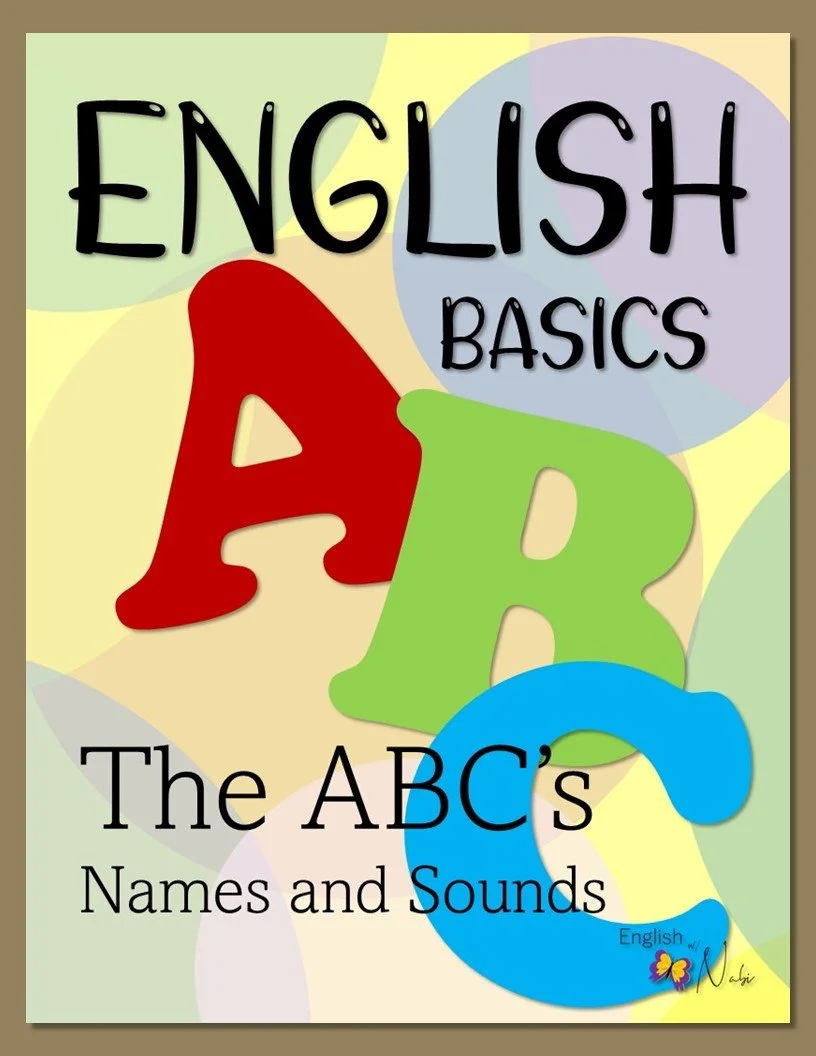HOME of The Basics
ABC’s Names and Sounds
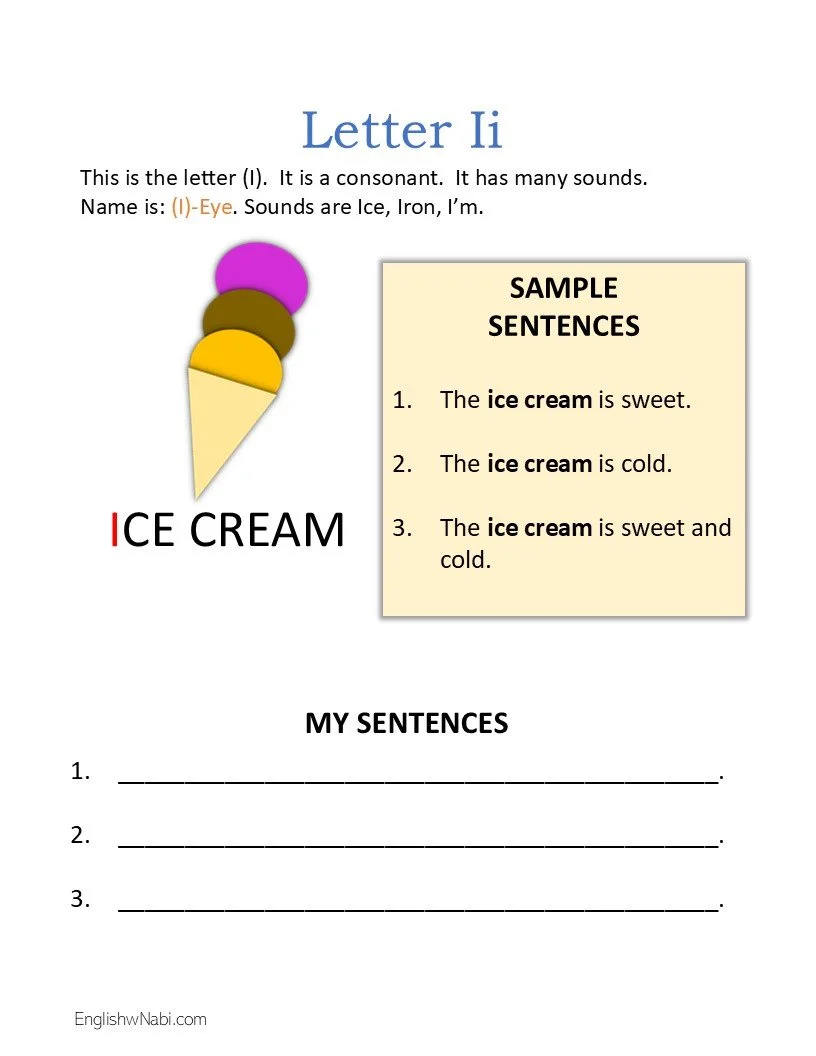
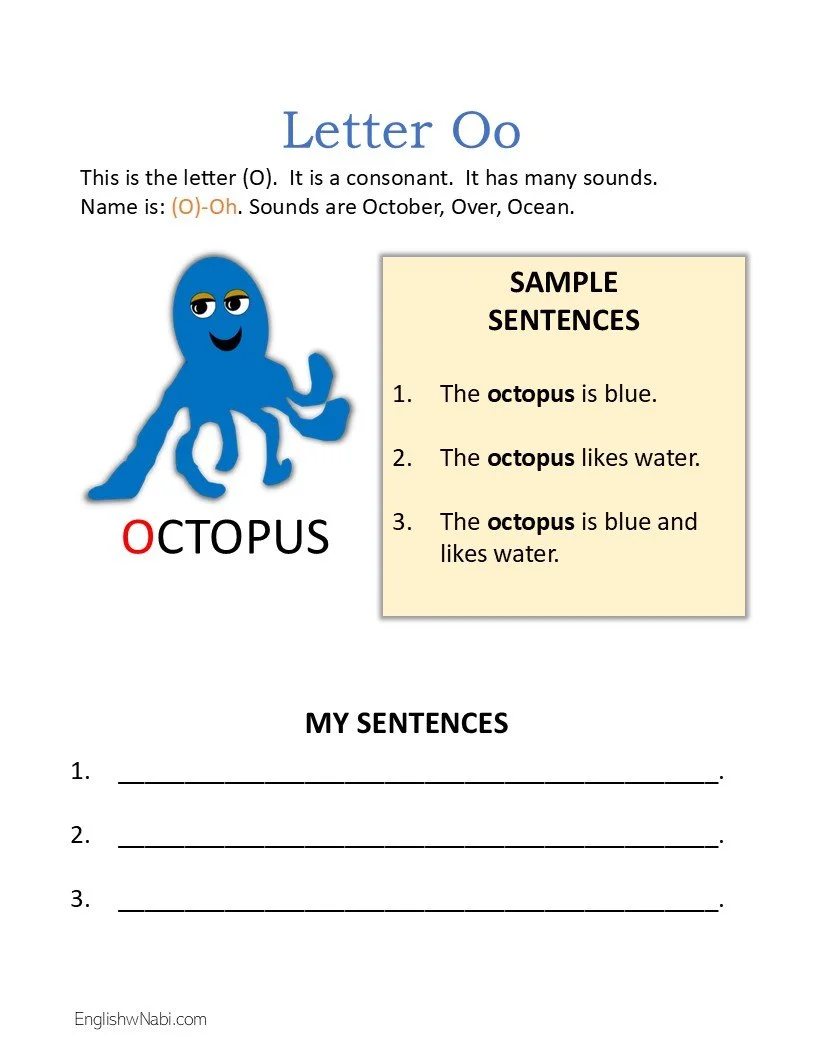
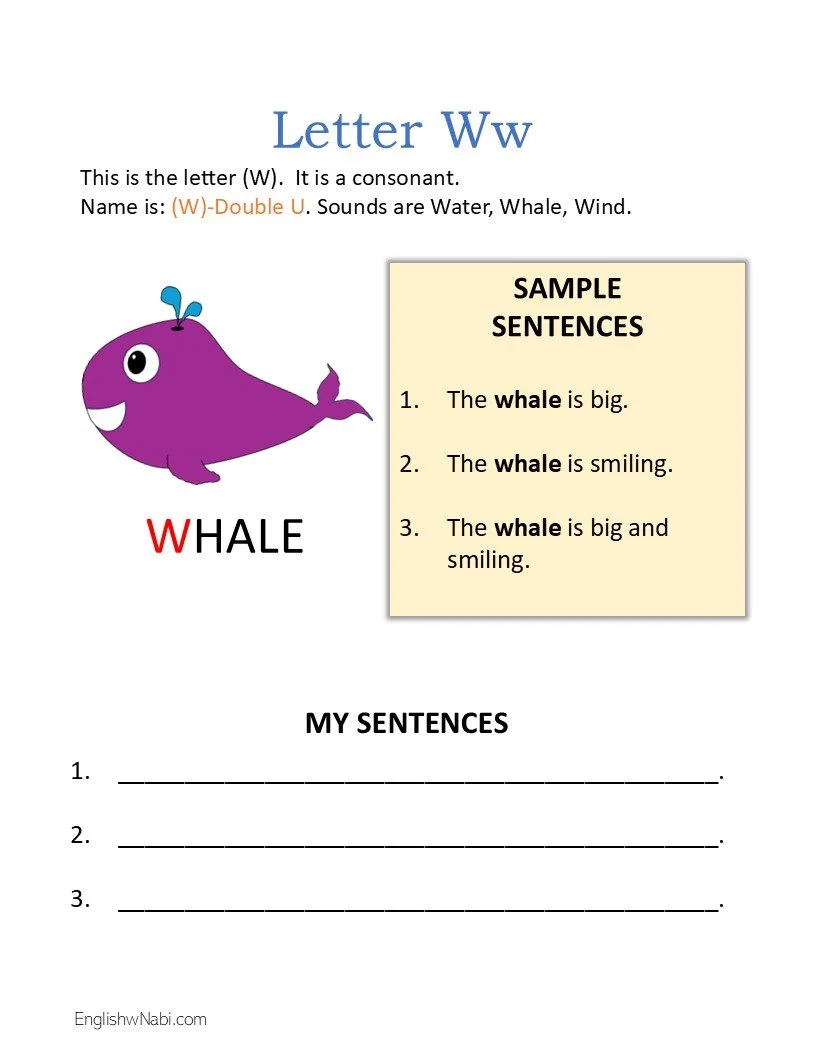
There are names and the sounds associated with each letter of the alphabet. Consonants carry the sound based on the vowel that follows it. Vowels have a variety of sounds that will influence the sound of a consonant.
Why We Use Them
To learn pronunciation, reading, and spelling.
When to Use Them
When teaching reading skills, spelling, and pronunciation.
EXAMPLE OF CONSONANTS NAMES AND SOUNDS
The B (BEE) sounds like “buh”.
The C (CEE) can sound hard like “kuh”, or it can make a soft “sss” sound.
The D (DEE) sounds like “duh”.
The F (EFF) sounds like “fuh”.
The G (GEE) can sound hard like “guh”, or it can sound soft like “juh”.
The H (AYSH) sounds like “huh”.
The J (JAY) sounds like “juh”.
The K (KAY) sounds like “kuh”.
The L (ELL) sounds like “luh”.
The M (EMM) sounds like “muh”.
The N (ENN) sounds like “nuh”.
The P (PEE) sounds like “puh”.
The Q (QEWU) sounds like “quah”.
The R (AHR) sounds like “ruh”.
The S (ESS) sounds like “suh”.
The T (TEE) sounds like “tuh”.
The V (VEE) sounds like “vuh”.
The W (DOUBLE U) sounds like “wuh”.
The X (EKS) sounds like “suh”.
The Y (WHY) sounds like “yuh”.
The Z (ZEE) sounds like “zuh”.
IDIOMS USING THE ALPHABET
"A-OK" - Everything is fine; in good condition.
"After checking the system, the engineer confirmed that everything was A-OK."
"Mind your Ps and Qs" - Be careful about one's behavior or manners.
"When you visit the royal palace, make sure to mind your Ps and Qs."
"Dot the i's and cross the t's" - To pay close attention to details, especially in written work.
"Make sure to dot the i's and cross the t's on your application; you don't want to miss anything important."
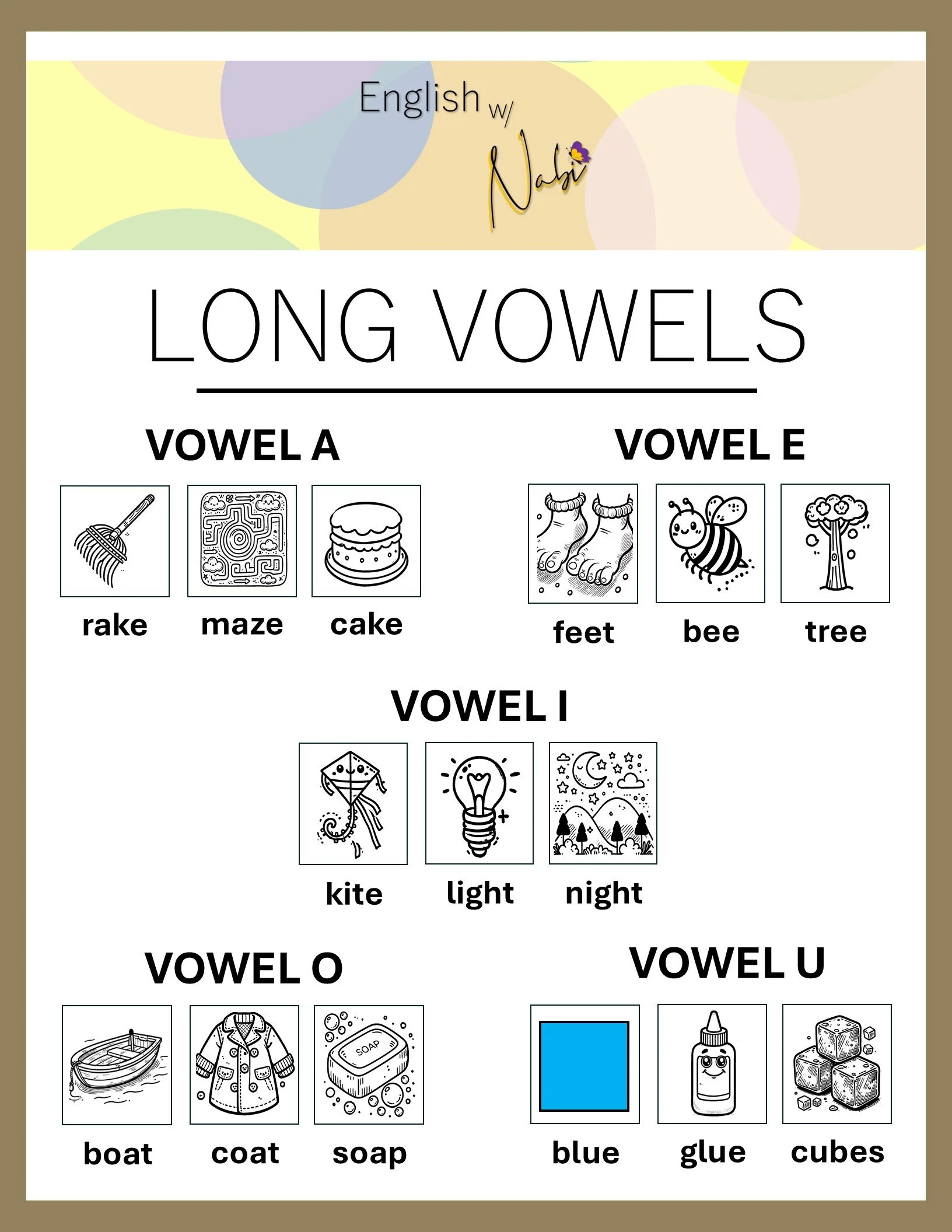
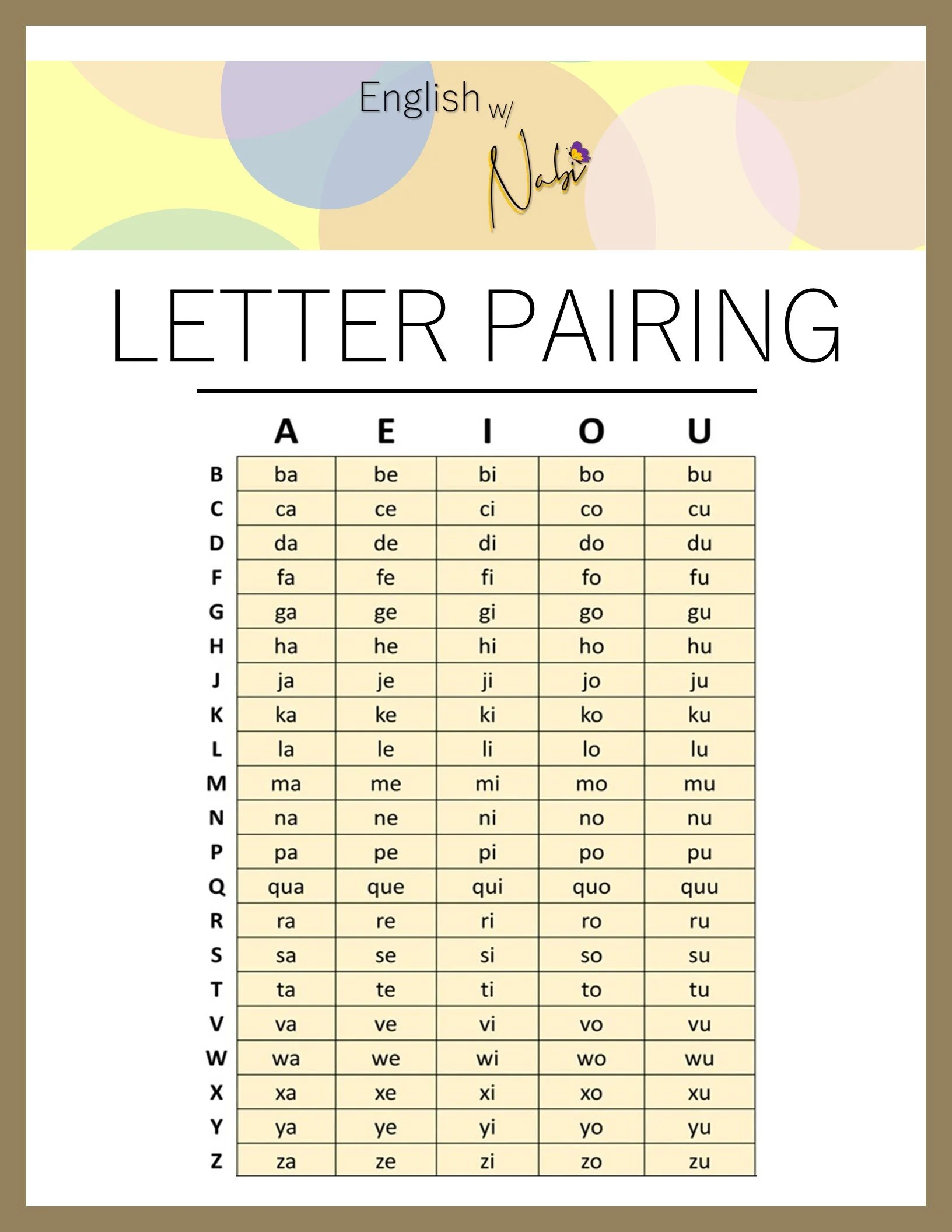
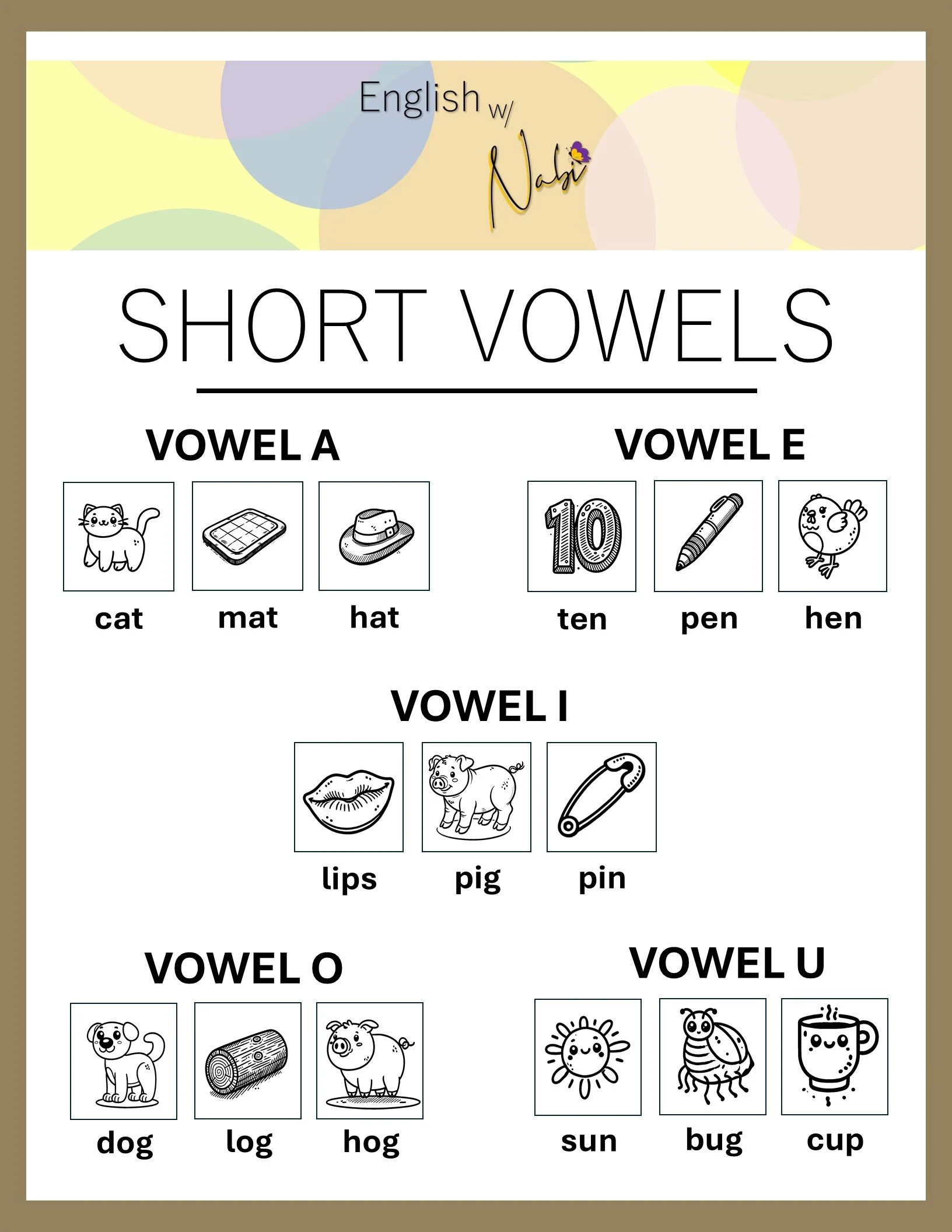
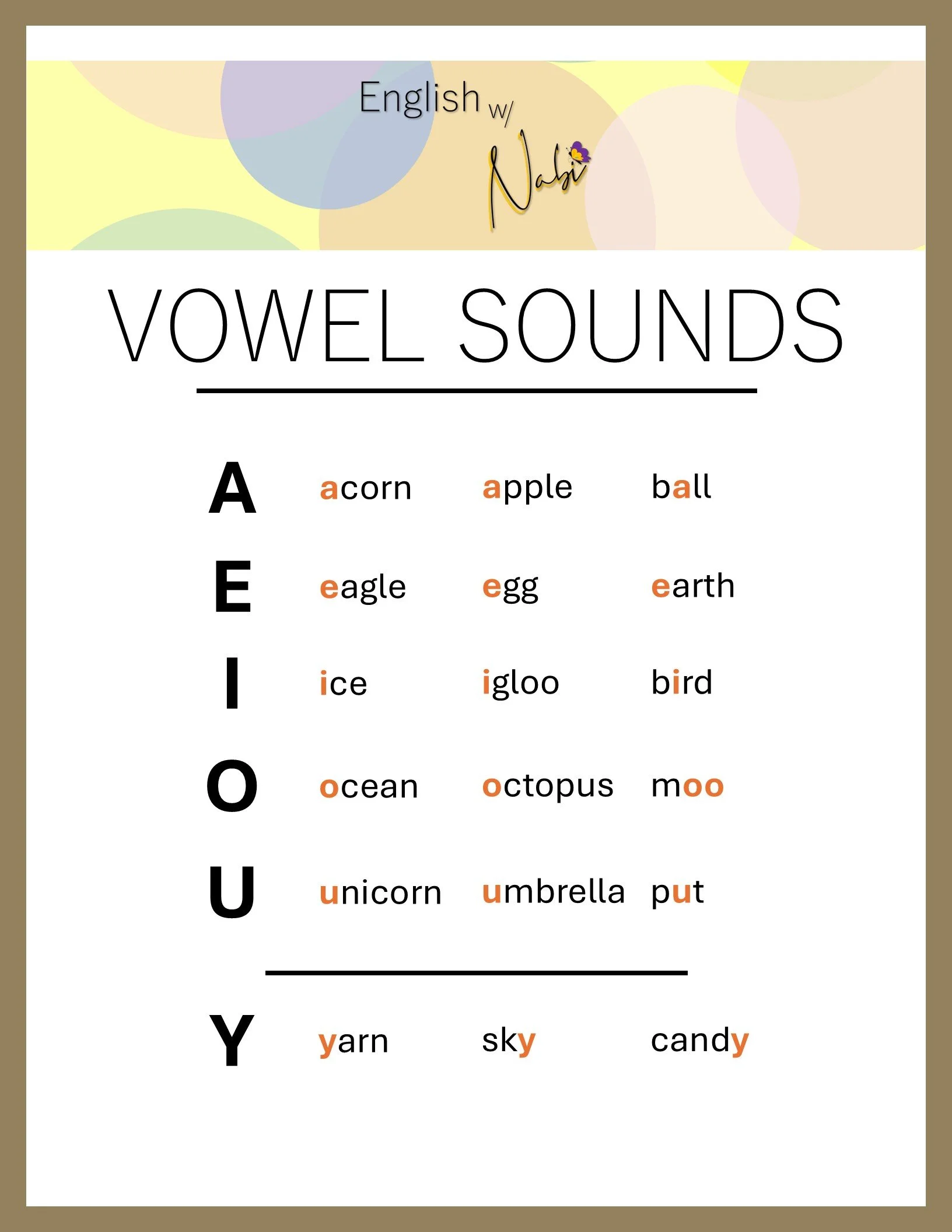
DOWNLOAD PDF | ORDER | WORKSHEETS 1 2 3 | AUDIO


